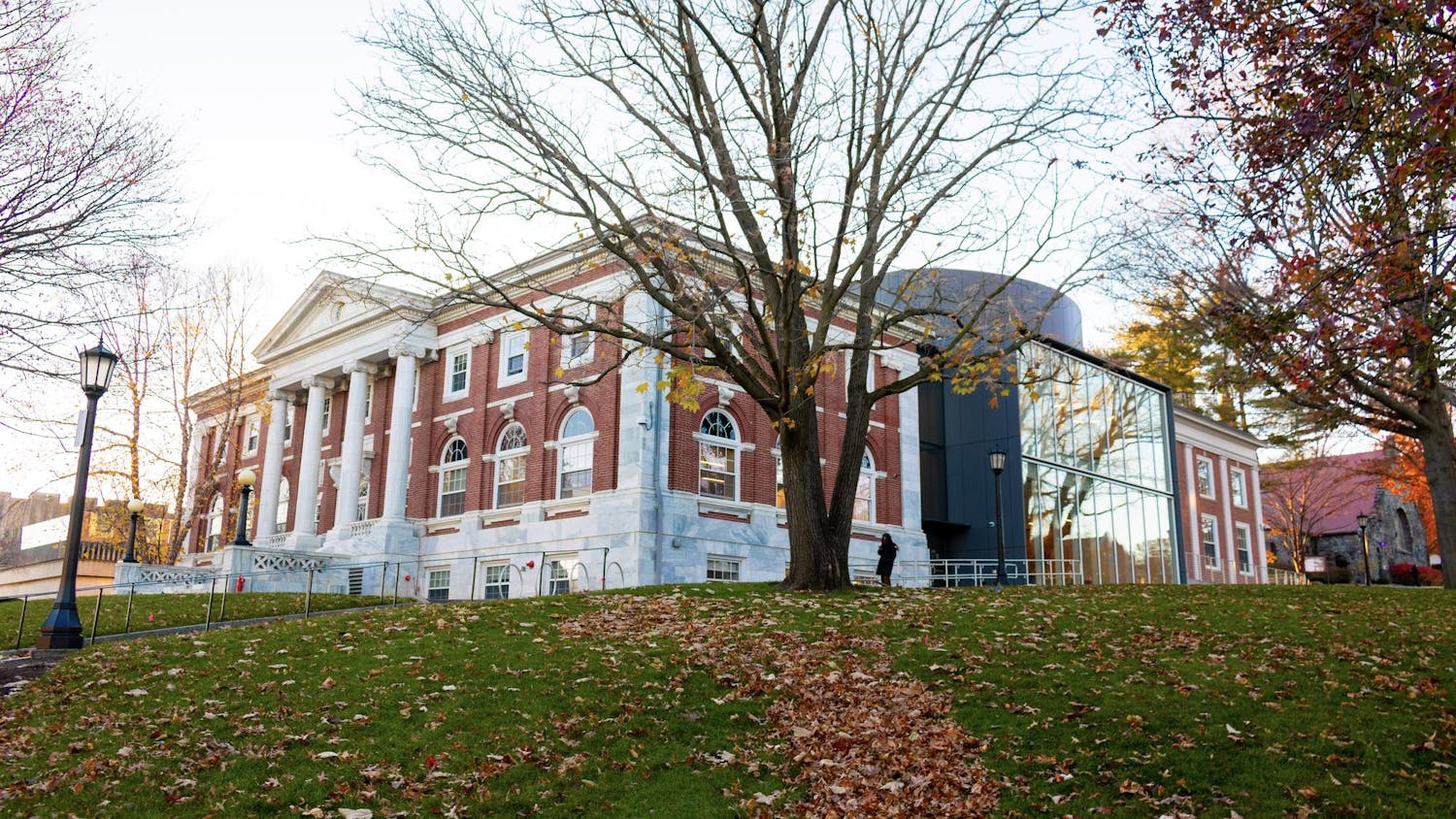On-campus printing is pricey and inconvenient for most Tufts students. There is a lack of accessibility to campus-administered printers. As such, regular long treks across campus in inclement weather just to print tonight’s hefty reading assignment or tomorrow’s midterm essay are necessary but seldom desired experiences. The only places that cater to printing needs are Tisch Library, the Eaton Computer Lab, Halligan Hall and a few special-interest houses. Campus-administered printers should be more strategically spread out, if not located in every dorm, to accommodate all students, from those living on Winthrop St. to those on Powder House Boulevard. The limited access to printing facilities, and the cumulative costs of printing that burden students, particularly those on a tight budget, are inconsistent with Tufts' identity as a leading medium-size research university.
Tisch Library currently charges 10 to 15 cents per sheet for printing, which may seem next to nothing, but turns out to be a lot in accumulation. For some classes, the print loads are miniscule. For others, students are asked to write and turn in multiple essays, from the very first to the final drafts, amounting to hundreds of pages per semester. The cost of printing alone can cost a fortune over a four-year college career, especially for those students who desire to take seminar classes which reward long papers based on hours and hours of research.
The limited provision of free printing poses another issue, one of moral hazard. For one thing, many students who do not actually have a significant financial burden may sometimes scrimp by taking advantage of the kindness of Halligan Hall or the Group of Six houses. Instead of worrying about how to properly disburse generosity, we should stop pitting students and community members against each other because of stretched resources.
At the same time, totally free, universal printing access runs the risk of a massive negative impact on the environment. Students may abuse the system in a way that hits hard at the environmentally friendly initiatives Tufts engages in. This concern was proven to be true in 2003, when the record of "80,000 dollars worth of toner and paper in just five days" caused Tufts to stop providing free printing services, which had actually been available before.
The current policy (cost per sheet) does have the upside of preventing this kind of prolific printing. Nonetheless, an allowance system as opposed to a blanket price could be just as effective. If students were allotted a set amount of pages for printing per class, or had their printing allowance scaled according to their specific course syllabi, students could drastically spend less on printing. Furthermore, Tufts could avoid the free rider problem arising from the provision of free printing. Brown University adopted a similar and sufficient system wherein students receive $30 each semester for all their printing needs. Were a similar system adopted at Tufts, the responsibility for printing cost would still be conferred on students in order to prevent a waste of resources.
However, money is only half the problem. The inconvenience of on-campus printing is easily addressed by students who have the means to purchase personal printers for their living area. However, not all students can afford that luxury. As such, Tufts has not been sensitive or attentive enough to students from diverse socioeconomic backgrounds. This affects Tufts' image as a medium-sized research institution. Adding even a few more printing locations to campus would greatly aid students relying on hard-copy materials. Additions such as these and the provision of subsidies for printing would not only help Jumbos but also help raise Tufts to the professionalism it strives to exhibit.
More from The Tufts Daily
Editorial: Letter to the Hill
By
The Editorial Board
| December 8
Are the Oscars really merit-based?
By
Jachin Lam
| December 8





